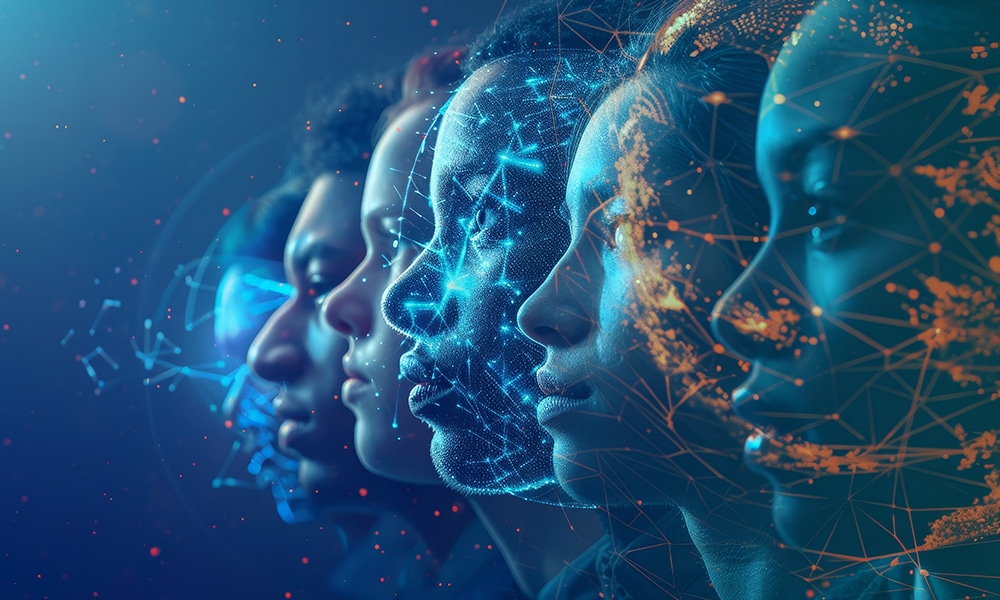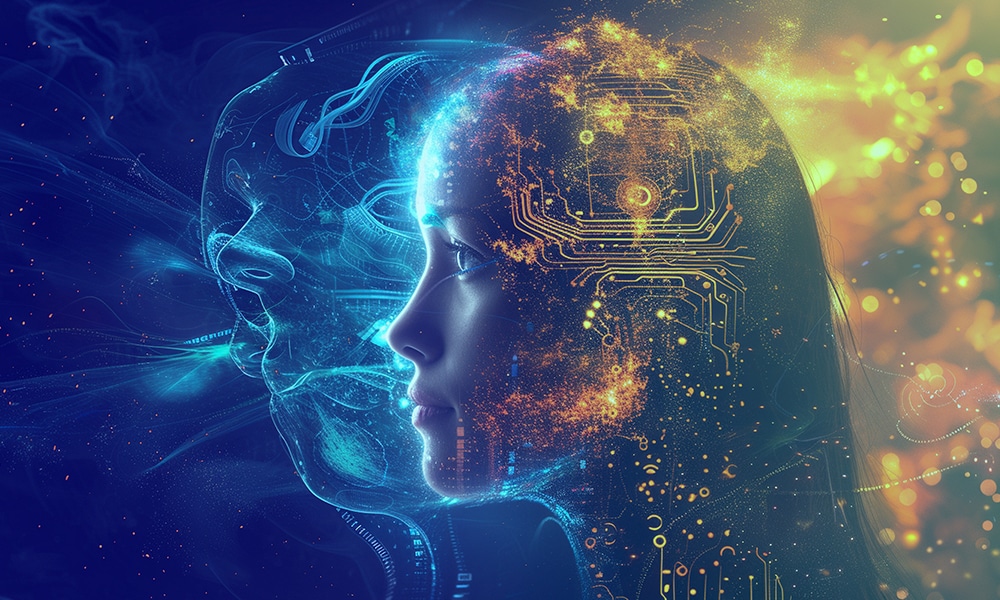In the rapidly evolving world of artificial intelligence (AI), the quest for creativity is no longer just a human endeavor. Today’s AI technologies are breaking new ground, not just in solving complex problems but in creating and innovating. However, the essence of true creativity often lies in the subjective, a realm where human insight becomes invaluable. This blog explores the symbiotic relationship between human subjective evaluation and AI’s creative capabilities, illuminating how this collaboration is not just enhancing but also redefining AI creativity.
The Essence of Creativity in AI
Creativity in AI transcends the binary logic of traditional computational tasks. It ventures into the generation of novel ideas, art, music, and even literature, challenging the conventional boundaries of machine capability. This new frontier in AI development has seen machines not just replicate but also innovate, crafting works that resonate with human emotions and aesthetics.
However, the subjective nature of creativity poses a unique challenge for AI. What is considered creative or beautiful is often in the eye of the beholder, making human feedback an essential component of the creative process. This is where the concept of “subjective evaluation” steps in, bridging the gap between AI’s computational prowess and human creativity’s nuanced judgment.
The Role of Human Subjective Evaluation
Human subjective evaluation in AI creativity is pivotal. It introduces a nuanced layer of judgment that goes beyond binary right or wrong decisions. This human feedback loop allows AI systems to refine their outputs according to human preferences, cultural nuances, and emotional depth, aspects that are often challenging for AI to grasp independently.
Incorporating human feedback into AI’s creative process doesn’t just improve the quality of outputs; it also accelerates the learning process for AI systems. Through iterative feedback, AI can understand complex creative standards and preferences, making its creations more aligned with human expectations and values.
Benefits of Integrating Human Feedback
The integration of human feedback in AI creativity offers several benefits. It enhances the relevance and personalization of AI-generated content, making it more appealing to its intended audience. Moreover, it fosters emotional engagement, allowing AI to produce works that evoke a deeper emotional response.
For instance, in the realm of AI-generated art, human evaluators can guide the AI in understanding what evokes emotion and appreciation among different audiences. This feedback is crucial for AI to navigate the vast spectrum of human aesthetics and preferences.
Challenges and Solutions
While the integration of human feedback in AI creativity is beneficial, it is not without challenges. Scalability is a primary concern, as individualized feedback can be resource-intensive. Consistency in subjective evaluation also poses a problem, given the diverse perspectives and preferences among evaluators.
One solution is the development of hybrid models that combine broad-based algorithmic learning with targeted human feedback. This approach allows AI to learn from a wide range of inputs while also being fine-tuned by specific human insights. Advanced feedback mechanisms, such as interactive user interfaces that allow for nuanced feedback, can also help in addressing these challenges.
Case Studies and Examples

Artistic Creations: An AI that learns from feedback on thousands of paintings and sketches could start generating unique artworks that reflect human emotions or social commentary, much like the collaborative project between an AI and a human artist resulting in an exhibition that blurs the lines between human and machine creativity.
Creative Writing: AI that assists in writing poetry or stories – By evaluating and providing feedback on plot coherence, character development, and emotional depth, humans can help AI understand subtleties in storytelling, leading to more engaging and nuanced narratives. An example could be an AI-assisted novel that was critically acclaimed for its depth, where human writers provided iterative feedback to shape the story’s direction and emotional impact.
Music Composition: Humans can influence AI to produce music that resonates more deeply with human emotions, leading to compositions that can evoke specific feelings or moods. A notable example could be an AI-composed symphony that, after several rounds of feedback from composers and the public, premiered to high praise for its emotional resonance and complexity.
Culinary Innovation: Chefs and food critics can provide feedback on taste, texture, and presentation, guiding AI to innovate in ways that delight the human palate. An interesting case might be an AI-developed fusion cuisine that became a sensation in culinary circles, born from a blend of data-driven creativity and human culinary artistry.
Conclusion
The journey of integrating human subjective evaluation into AI creativity is an ongoing exploration of how technology and human insight can coalesce to push the boundaries of innovation. This collaboration is not just enhancing the creative capabilities of AI but is also a testament to the unique contributions of human creativity in the digital age. As AI continues to evolve, the human touch remains an indispensable element in unlocking the full spectrum of creativity, ensuring that AI-generated works are not only innovative but also meaningful and resonant.







